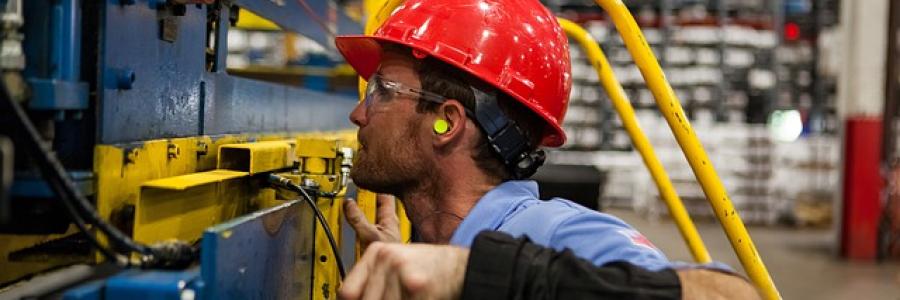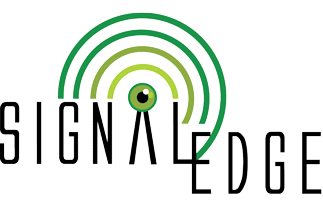- Image

Manufacturing
The global IoT in manufacturing market size is expected to grow from USD 33.2 billion in 2020 to USD 53.8 billion in 2025, at a Compound Annual Growth Rate (CAGR) of 10.1% during the forecast period. The major factors driving the growth of the IoT in manufacturing market include the growing demand for industrial automation in the manufacturing industry, the rising need for centralized monitoring and predictive maintenance of assets. The increasing number of intelligent connected devices and sensors, has driven a need for reliable, secure, and high-speed network connectivity and cloud platforms. One noted industry driver is in the field of robotics. Here is a list of different common type of robotic sensors: light, sound, temperature, contact, proximity, distance, pressure, tilt, navigation, acceleration, gyroscopes, imu, voltage, current, humidity, gas, radiation.
According to marketsandmarkets.com IoT improves the effectiveness of manufacturing operations and ensures proper asset usage, extend equipment service life, improve reliability, and provides an improved return on assets. However, IoT deployment in manufacturing industries incurs several huge initial investments, such as spending on hardware (sensors and gateways), connectivity, cloud storage, administrative labor, and technical support. There is a risk of uncertainty related to the Return on Investments, thus, businesses have to consider how quickly they can introduce new solutions and how fast it will take for a solution to start generating revenues. Hence, in various countries, small and medium-sized enterprises are not ready to incur the initial costs of IoT deployment to go with an undetermined amount or reoccurring maintenance. In the US there are currently 10 million industrial manufacturing properties, in Europe there are approximately 6.5 million.
Target: 16.5 million manufacturing properties 250,000 average number of sensors.
